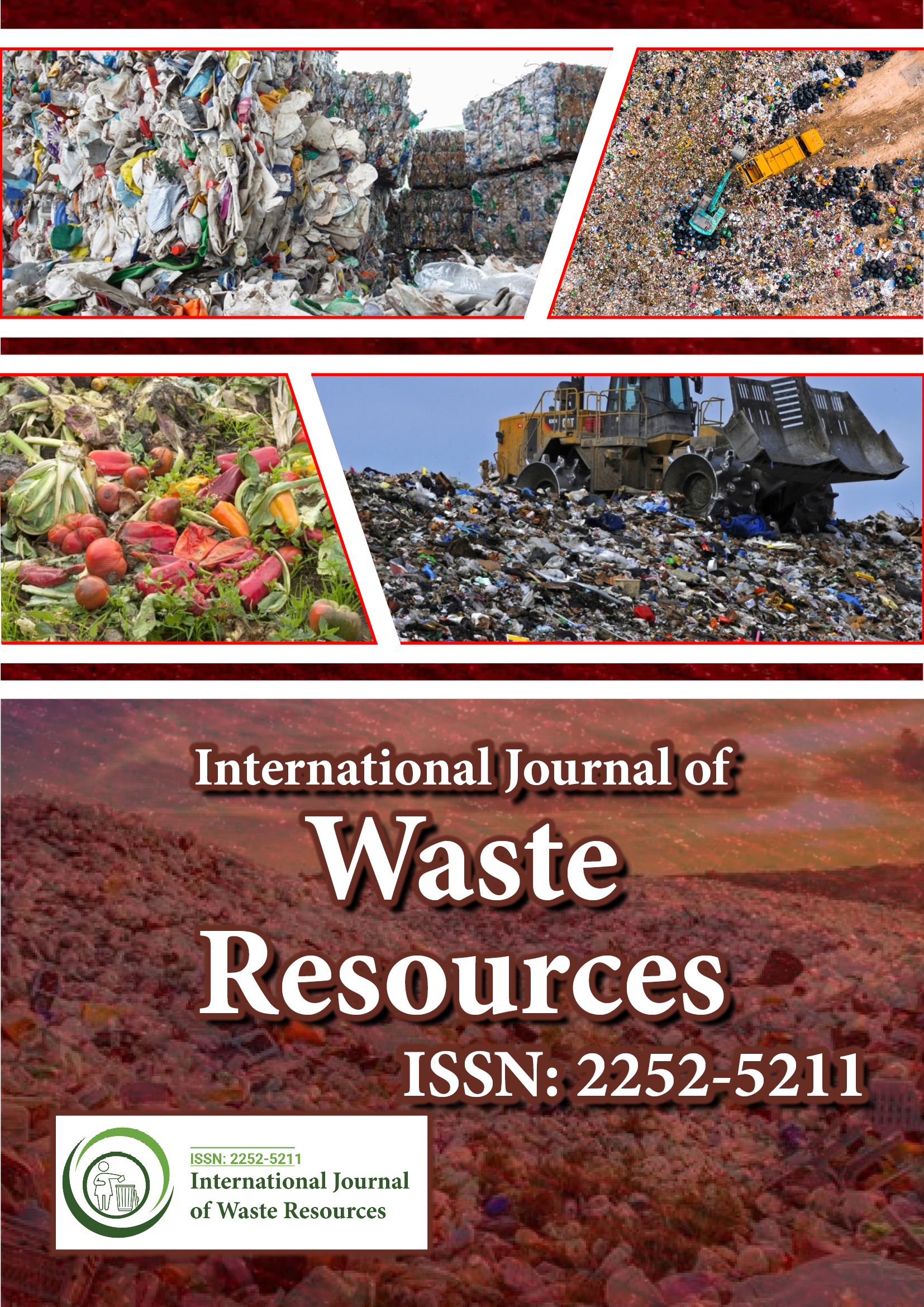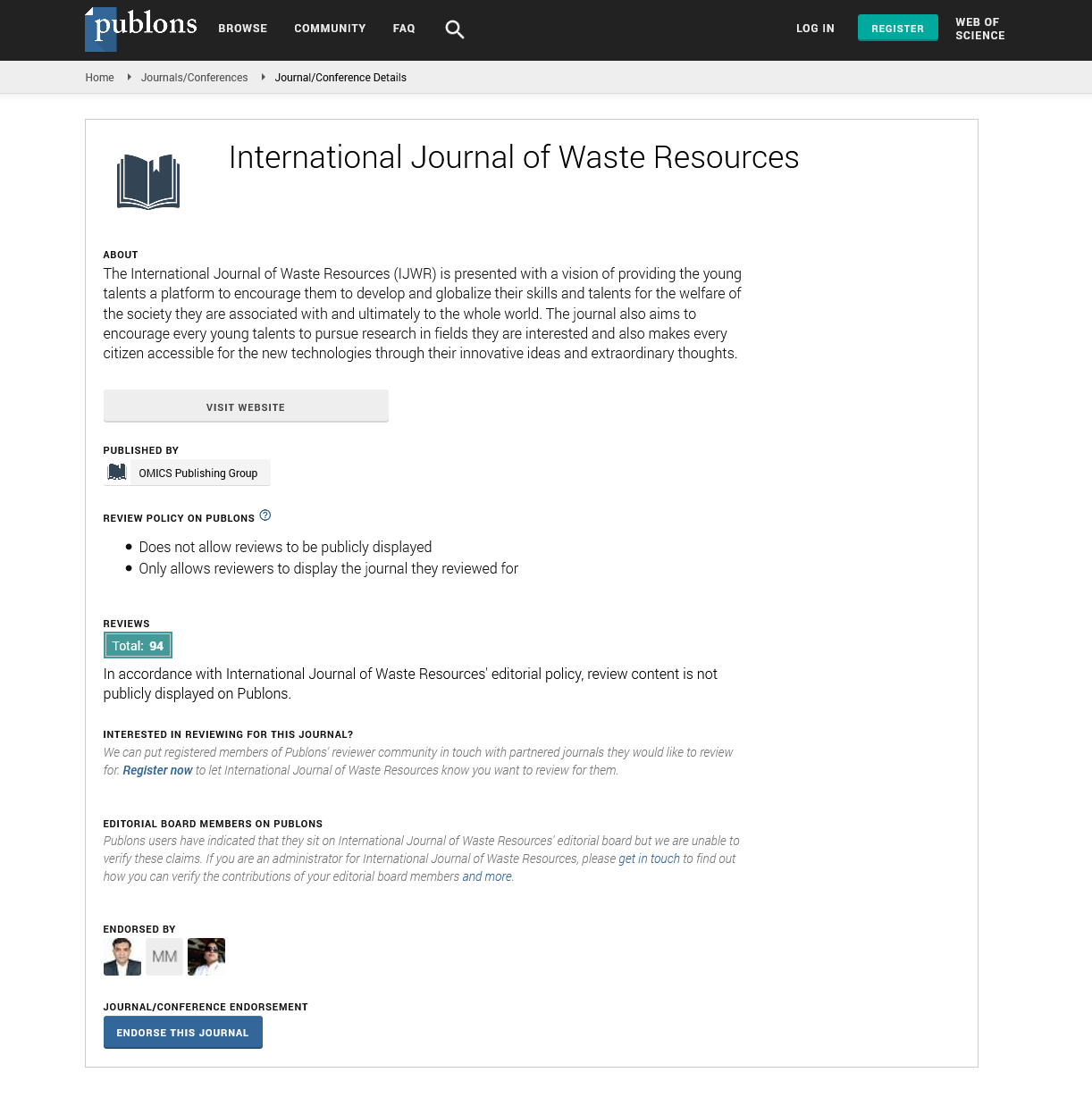Indexed In
- Open J Gate
- The Global Impact Factor (GIF)
- Open Archive Initiative
- VieSearch
- International Society of Universal Research in Sciences
- China National Knowledge Infrastructure (CNKI)
- CiteFactor
- Scimago
- Ulrich's Periodicals Directory
- Electronic Journals Library
- RefSeek
- Directory of Research Journal Indexing (DRJI)
- Hamdard University
- EBSCO A-Z
- Publons
- Google Scholar
Useful Links
Share This Page
Journal Flyer

Open Access Journals
- Agri and Aquaculture
- Biochemistry
- Bioinformatics & Systems Biology
- Business & Management
- Chemistry
- Clinical Sciences
- Engineering
- Food & Nutrition
- General Science
- Genetics & Molecular Biology
- Immunology & Microbiology
- Medical Sciences
- Neuroscience & Psychology
- Nursing & Health Care
- Pharmaceutical Sciences
Abstract
Foam Behaviour of An Aqueous Solution of Piperazine- N-Methyldiethanolamine (MDEA) Blend as A Function of The Type of Impurities and Concentrations
Iwan Ratman, T.D.Kusworo, A.F.Ismail
This study focuses on the effect of impurities in the natural gas stream on the characteristic of foam behaviour in the blended piperazine and MDEA solution. Hydrocarbon liquids, Iron Sulphide, Sodium Chloride, Acetic Acid, Methanol and Polyethylene Glycol were used as the impurities. The results indicated that the type of impurities determined the foam formation of the amine solution. The concentration of piperazine- MDEA blends also enhanced to the increasing of the foam height of blended piperazine-MDEA. Iron sulfide, hydrocarbon and sodium chloride are the impurities which apparently contributed to the high foaming tendency of the solutions. At the same concentration of the impurities, iron sulfide appeared as the most influential contaminant to the foam formation, which promoted the highest foamability in any concentrations of the blend piperazine-MDEA.

